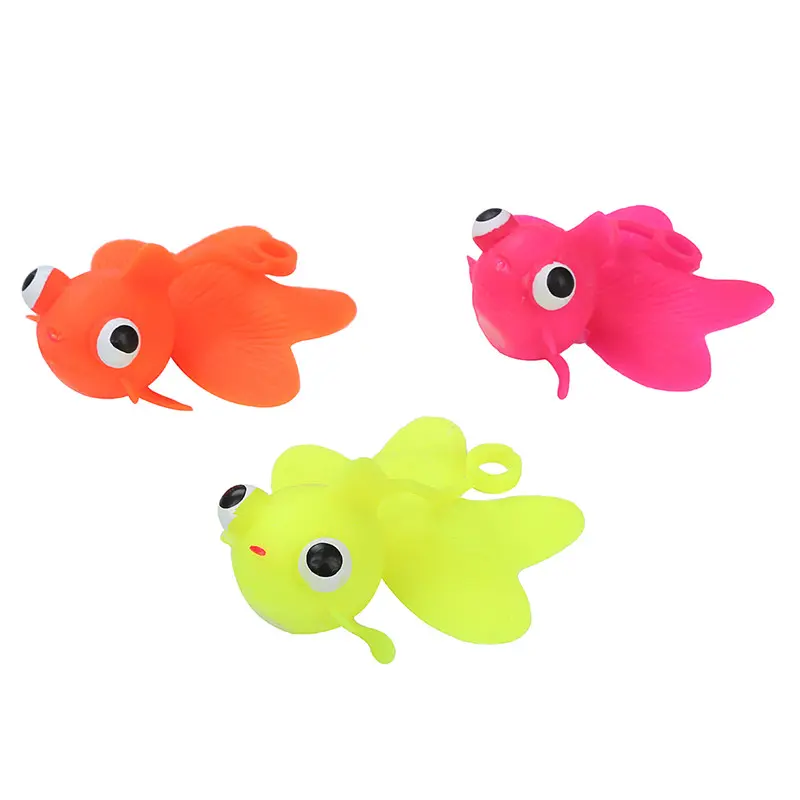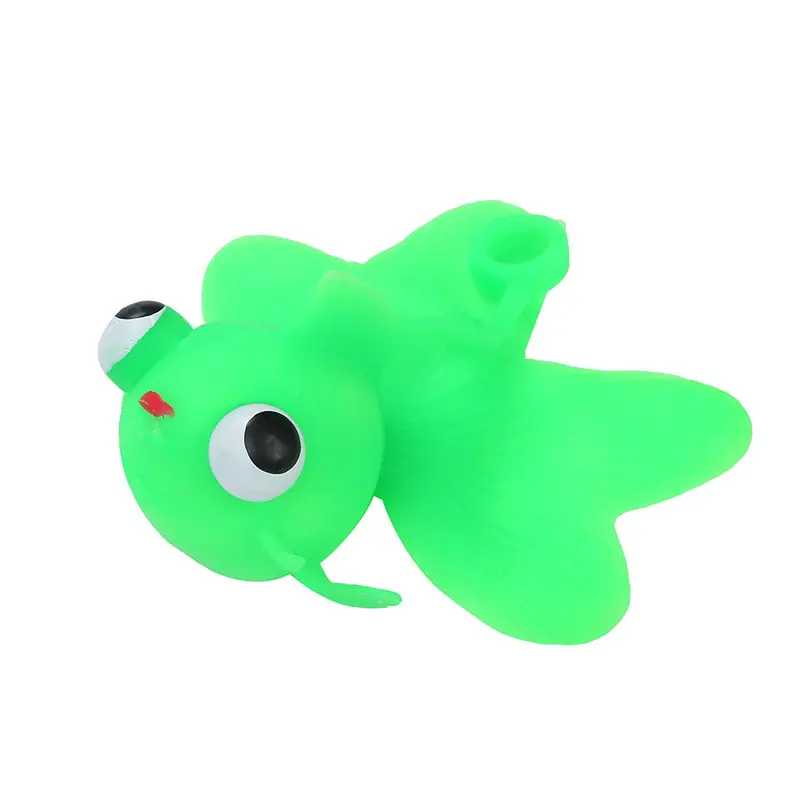CPSIA Certification: Protecting the safety of children’s toys, what harmful substances are detected?
Introduction
In today’s international market, the safety of toys has become one of the most concerned issues for consumers and buyers. For international buyers engaged in wholesale toy procurement, it is crucial to understand and ensure that the toys they purchase meet relevant safety standards. CPSIA (Consumer Product Safety Improvement Act), as an important toy safety regulation in the United States, strictly restricts harmful substances in toys. This article will explore in depth what harmful substances CPSIA certification specifically detects in toys to help international wholesale buyers better understand and deal with this key standard.
1. Overview of CPSIA Certification
The full name of CPSIA certification is Consumer Product Safety Improvement Act certification, which was passed by the US Congress in 2008 to strengthen the safety supervision of consumer products, especially children’s products, to prevent harm to children due to product defects or harmful substances.
2. Harmful substances tested by CPSIA certification
Lead content:
Total lead content: CPSIA stipulates that the total lead content in accessible parts of products for children aged 12 and under shall not exceed 100ppm. Lead is a heavy metal that is harmful to the human body. It has a particularly serious impact on the development of children’s nervous system and may cause intellectual retardation, behavioral disorders and other problems.
Lead content in coatings: The lead content in the surface coatings of children’s products, including paints, coatings, printing inks and other materials, cannot exceed 90ppm. Lead in the coating may be released by children’s chewing, abrasion, etc., and then ingested by children, which is harmful to health.
Phthalates:
Permanent ban: CPSIA permanently bans the use of three phthalates in children’s toys and care products, namely DEHP (di-(2-ethylhexyl) phthalate), DBP (dibutyl phthalate) and BBP (butyl benzyl phthalate), and their content shall not exceed 0.1%.
Temporary ban: Three phthalates, DINP (diisononyl phthalate), DIDP (diisodecyl phthalate) and DnOP (di-n-octyl phthalate), are also temporarily banned in toys and child care products that can be put into the mouth, with a content of no more than 0.1% until the final rule is adopted. Phthalates are commonly used as softeners in plastic products, but they have endocrine disrupting effects and may affect children’s reproductive system and development.
Other harmful substances:
Soluble heavy metals: In addition to lead, CPSIA also limits the content of other soluble heavy metals such as antimony, arsenic, barium, cadmium, chromium, mercury, etc. If these heavy metals exceed the standard in children’s toys, they may cause harm to children’s physical health, such as affecting the nervous system, hematopoietic system, kidney function, etc.
Formaldehyde: Formaldehyde is a common organic compound. Some toy materials may use raw materials or additives containing formaldehyde during the production process, such as certain plastics, glue, etc. CPSIA limits the formaldehyde content in toys to prevent formaldehyde release from irritating and harming children, such as causing respiratory diseases and allergic reactions.
Azo dyes: Azo dyes are widely used in the printing and dyeing process of toys, but some azo dyes will decompose under certain conditions to produce carcinogenic aromatic amines. CPSIA detects and limits the content of azo dyes in toys to ensure the health and safety of children.
3. Testing process and requirements for CPSIA certification
Testing agency selection: CPSIA requires that product testing usually needs to be carried out by a third-party approved laboratory to ensure the objectivity and credibility of the test results. These laboratories must be certified and approved by the U.S. Consumer Product Safety Commission (CPSC) and have the corresponding testing qualifications and capabilities.
Sample preparation and inspection: Manufacturers or importers must prepare samples of sufficient quantity and quality in accordance with the testing standards and methods specified by the CPSC, and send them to the selected third-party laboratory for testing.
Testing items and methods: The laboratory will conduct a series of testing items on toys in accordance with the requirements of CPSIA, including but not limited to the harmful substance testing mentioned above. Use advanced testing equipment and technology, such as spectrometers and chromatographs, to accurately analyze and measure various ingredients in toys to determine whether they meet the relevant limit requirements.
4. The significance of CPSIA certification for international wholesale buyers
Ensure product compliance: By understanding the harmful substances tested by CPSIA certification, international wholesale buyers can ensure that the purchased toys meet the strict safety standards of the United States, avoid risks such as returns, destruction, and fines caused by product non-compliance with regulatory requirements, and thus protect their own business interests and reputation.
Enhance customer trust: Showing customers that the purchased toys have passed CPSIA certification shows that wholesale buyers attach great importance to product quality and safety, which helps to enhance customer trust and satisfaction with the products, further consolidate cooperation with customers, and expand market share.
5. How to deal with CPSIA certification
Choose reliable suppliers: International wholesale buyers should give priority to cooperating with toy suppliers with good reputation and quality control system, and require suppliers to provide relevant documents and test reports for CPSIA certification to ensure that the purchased toys strictly comply with relevant standards and requirements during the production process.
Strengthen quality control: During the procurement process, buyers can sample and test toys and entrust professional testing agencies to conduct CPSIA-certified hazardous substance testing to further verify the safety of the products. At the same time, regularly evaluate and review the product quality of suppliers to encourage suppliers to continuously improve product quality.
Pay attention to regulatory trends: CPSIA regulations may be updated and adjusted over time. International wholesale buyers should pay attention to the latest regulatory trends and standard changes issued by relevant agencies such as CPSC in a timely manner so as to adjust procurement strategies and quality control measures in a timely manner to ensure that the purchased toys always remain compliant.
6. Conclusion
As an important entry threshold to the US toy market, CPSIA certification strictly restricts and tests harmful substances in toys. By deeply understanding the specific content and requirements of CPSIA certification testing, international wholesale buyers can more effectively select and purchase safe and qualified toy products to meet the quality standards and consumer needs of the international market.
In today’s highly competitive international market, the safety and quality of toys have become one of the key factors that determine the success or failure of a company. We hope this article will be helpful to international wholesale buyers and help promote the healthy development of the toy industry and create a safer and healthier play environment for children.
Post time: Jun-20-2025

